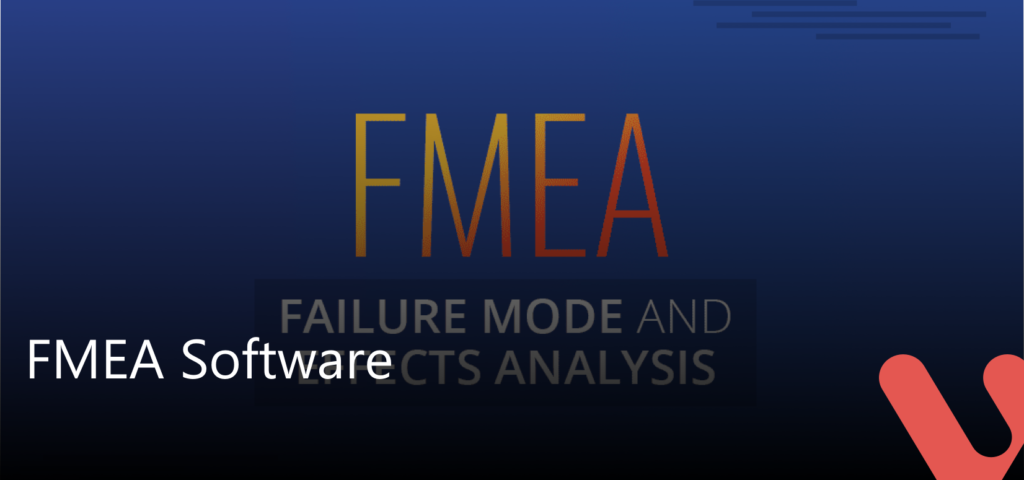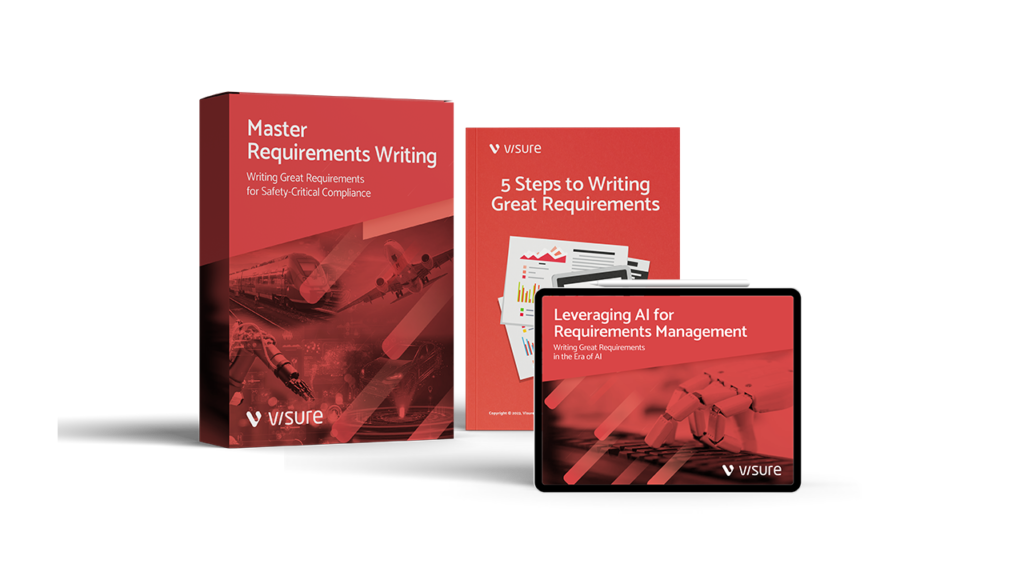Every decision has consequences. When leaders don’t think them through, the results can be downright devastating. By focusing on the unexpected, often negative, implications of decisions, impact analysis can identify the potential consequences of a change and help organizations make informed decisions This article explains what impact analysis is, how it can be applied in […]
What Is Impact Analysis?


